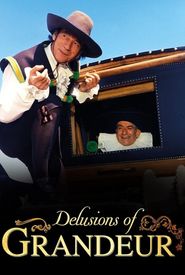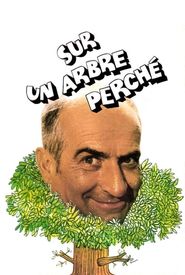Alice Sapritch, a woman of unassuming appearance, was acutely aware of her lack of conventional beauty. Undeterred, she chose to pursue a career in acting, cognizant that she would not be cast as the dashing heroine or the sweet ingénue. Instead, she deliberately highlighted her unconventional looks, opting for roles that would showcase her unique features.
Two primary avenues presented themselves to her: playing grotesque characters, such as the over-the-top Folcoche in the television series 'Vipère au poing', or embodying eccentric personalities, like the zany actress in 'L'événement le plus important depuis que l'homme a marché sur la lune'.
In 1971, Gérard Oury's film 'La folie des grandeurs' offered her the opportunity to combine these two traits in a single character, the duenna of the Queen of Spain, who, despite her plain appearance, performs a hilariously comical striptease. This unforgettable performance cemented her status as a memorable actress.
Interestingly, her lack of physical beauty proved to be an advantage. At the age of twenty-three, she played the role of Hamlet's mother, a testament to her impressive acting range. Later, as her physical appearance became less relevant, she was able to bring depth and nuance to her portrayal of the poignant 'Mère russe' in the television film of the same name.
However, her film career was marked by a series of disappointing performances in low-budget French comedies. Despite her own aspirations to work with esteemed directors like Bergman, Schlöndorff, and Herzog, she found herself collaborating with Philippe Clair, Michel Gérard, Jean Luret, and others. There were a few notable exceptions, including her role as Aunt Elizabeth in André Téchiné's 1978 film 'Les soeurs Brontë' and a few appearances in high-quality films early in her career.























